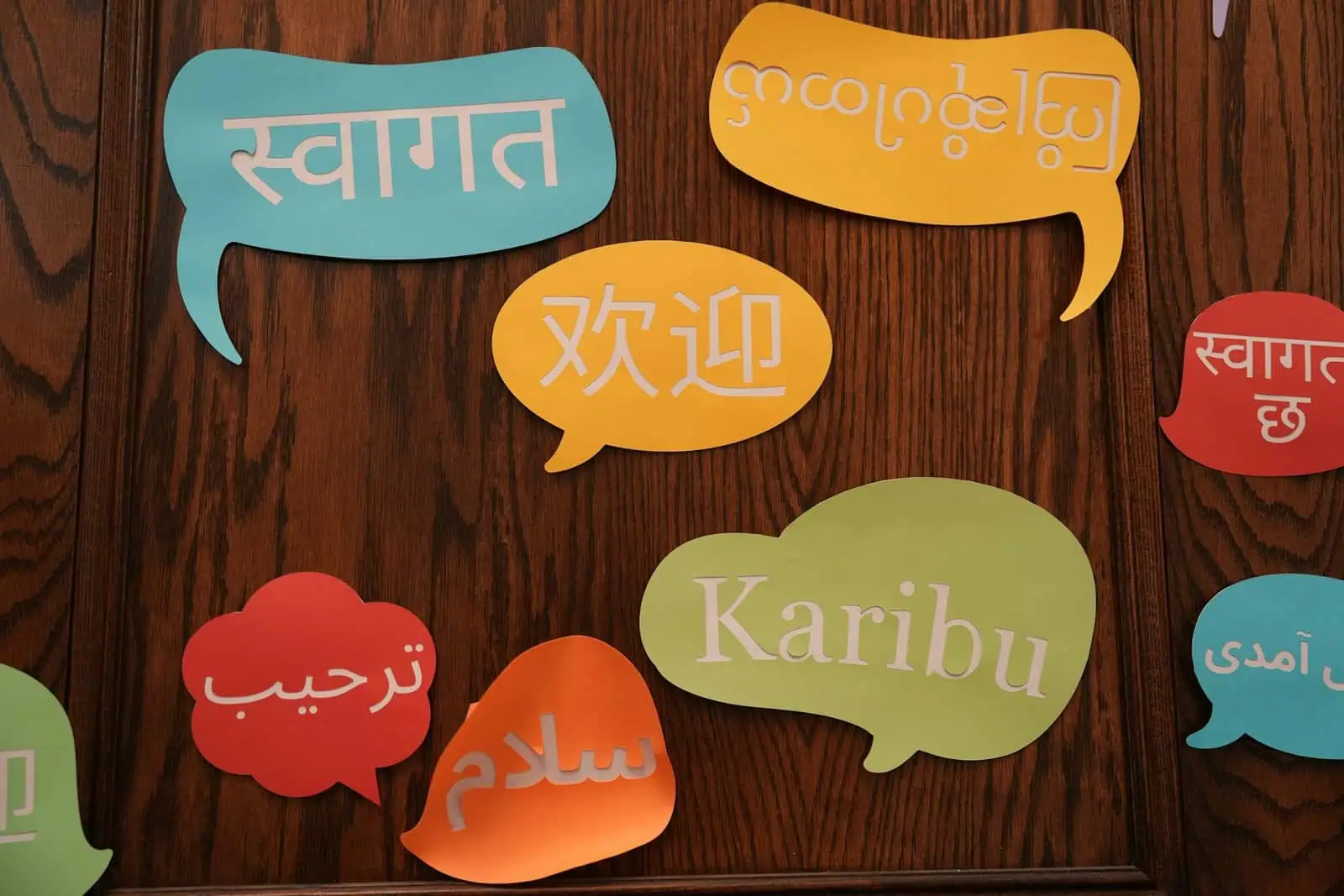Reaching global audiences is no longer limited to large corporations with expansive budgets. Today, small businesses can tap into international markets with more ease than ever before, thanks to the rapid advancement of digital tools. Among these tools, video marketing stands out as a powerful way to connect with audiences, demonstrate products or services, and establish brand personality.
However, language remains one of the most significant barriers. For many small business owners, producing multilingual content has long felt out of reach due to the costs and complexities involved. The process once required multiple translators, voice actors, and studio time. That’s changing fast.
Advancements in artificial intelligence are now allowing small businesses to create high-quality, localised video content with minimal expense or technical expertise. Tools that once seemed exclusive to enterprise-level marketing departments are now within the grasp of smaller operations.
Breaking Language Barriers with AI Tools
Translating video content into several languages used to be cost-prohibitive for most small businesses. But now, with the emergence of AI-driven solutions, the process has become both simpler and more cost-effective.
One of the most impactful innovations is the rise of AI-based dubbing technology. Tools that offer features like dub audio capabilities allow users to translate and replicate voiceovers into dozens of languages. These solutions even maintain the tone and cadence of the original speaker, offering a natural listening experience.
This technology removes the need for human voice actors and extensive studio time. Instead, businesses can upload a script or video and quickly receive dubbed versions suitable for global audiences. For small businesses, this is a major breakthrough. It allows them to engage potential customers in their native languages without committing to a full-scale localisation project.
Overcoming Budget and Resource Constraints
Creating video content in multiple languages doesn’t have to be expensive. AI dubbing tools offer scalable pricing models based on video length or language options, making it easy to budget accordingly.
Businesses no longer need to rely on in-house translators or outsource complex projects to expensive agencies. Instead, they can select the languages they need and generate localised content quickly and efficiently.
Many small businesses are now leveraging these tools for everything from product explainers and onboarding videos to social media campaigns. The ease of use and speed of turnaround make it possible to test new markets and languages with minimal upfront investment.
A Closer Look at AI Dubbing Technology
AI dubbing combines several innovations. Voice synthesis technology creates expressive and natural-sounding voices in a wide range of languages. Some tools also offer voice cloning, allowing the dubbed voice to resemble the original speaker as closely as possible.
Natural language processing ensures that translated content captures the right meaning and tone. For visual content featuring people speaking, synchronisation technology aligns the dubbed speech with the speaker’s mouth movements to ensure visual consistency.
With support for over 100 languages, including regional dialects, these tools are suitable for a wide range of business needs. Whether you’re targeting a European, Asian, or South American market, it’s possible to create accurate and professional-sounding content for any audience.
How to Create a Multilingual Video Campaign
Step 1: Prepare Your Script and Original Video
Before using any dubbing platform, start with a clean, clearly written script. Avoid slang, idiomatic expressions, and cultural references that might not translate easily. The original audio should be recorded in a quiet setting using a good microphone, as clear input will result in better output.
Step 2: Choose the Right Platform
Not all dubbing tools are the same. Some offer wider language support, while others include more advanced voice customisation features. It’s essential to evaluate what languages are needed, whether the platform integrates with your existing video editing software, and whether pricing aligns with your budget.
Step 3: Upload and Review
Once your content is uploaded, select your target languages and review the automatic translation output. Fine-tune names, terms, or industry-specific phrases if necessary. Next, choose voices from the available library or use a cloned voice option if preserving the speaker’s identity is important.
After the dubbing process is complete, export the video in all required languages and run a final review to ensure the timing, tone, and translation are correct.
Strategic Use for Small Business Growth
Multilingual video content helps businesses extend their reach, especially into markets where English is not the primary language. This is particularly useful for sectors such as ecommerce, online education, consultancy, or service-based businesses.
For example, a business offering skincare products may create tutorial videos in Spanish, French, and German. Similarly, an online course provider can translate course introductions and summaries to attract international students.
Video content is inherently more engaging than text, and when presented in a viewer’s native language, it builds immediate trust and understanding. This trust can lead to higher engagement, more enquiries, and increased sales from global markets.
Avoiding Common Pitfalls
Cultural Relevance Matters
Even if your content is well-translated, it can still fail to resonate if cultural nuances aren’t respected. Colours, gestures, and design styles vary greatly between regions. Always research local norms to ensure your visuals are appropriate for the markets you’re targeting.
Technical Issues Can Undermine Your Message
Poor synchronisation between audio and video, unnatural-sounding voices, or incorrect translations can reduce your credibility. Be sure to review all dubbed versions thoroughly. Test playback on various devices and platforms to catch any display or timing errors.
Know Local Regulations
When distributing videos across different countries, compliance is key. Some regions have specific laws regarding data privacy, claims in advertising, or even voice reproduction. Ensuring your content adheres to these rules will help avoid legal issues later.
Best Practices for Long-Term Success
To make the most of AI dubbing technology, consistency and ongoing refinement are crucial. Monitor engagement metrics, such as video views, retention rates, and click-throughs from international audiences. Use these insights to inform future content decisions.
Consider starting with a few core markets before expanding further. This phased approach allows you to fine-tune your strategy, test your tools, and optimise results without overcommitting resources.
Connect with Audiences Worldwide: Take the Leap
Multilingual video marketing is no longer the domain of large companies with big budgets. AI dubbing tools are making this approach accessible to smaller businesses ready to grow their reach. With thoughtful preparation, the right platform, and attention to cultural detail, your business can speak to the world in its own voice.

